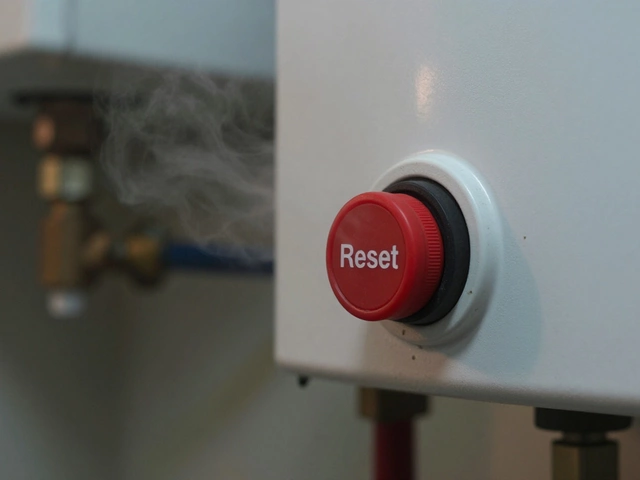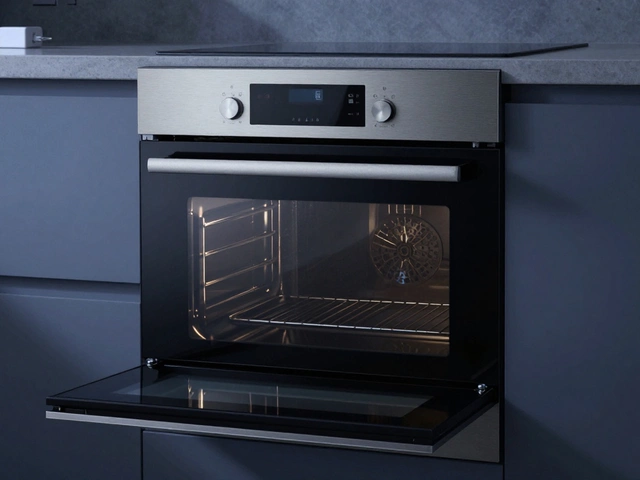DIY Repair Tips for Everyday Appliances
When you think about DIY repair tips, simple, step‑by‑step instructions that let you fix household gadgets yourself. Also known as home repair guides, they empower you to tackle problems without waiting for a tech. DIY repair tips are especially handy when a broken oven or noisy fan throws a wrench into your routine.
One core idea is appliance repair, the process of diagnosing and fixing kitchen, laundry, or heating devices. It’s the backbone of any DIY project because every fix starts with understanding how the equipment works. Appliance repair often means checking power, examining parts, and swapping out worn pieces, which can dramatically cut energy bills.
Take the oven, a key cooking appliance that heats food using electric elements or gas burners, as an example. Common oven woes include uneven heating, broken thermostats, or faulty igniters. Knowing the oven’s heating element type and how its control board signals temperature lets you replace the right part without a full replacement.
Then there’s the boiler, a central heating unit that heats water for radiators and taps. Boiler problems range from lost pressure to strange noises, and each symptom points to a specific component like the pump or expansion vessel. Spotting the issue early can keep your home warm and avoid costly gas‑safety inspections.
Don't forget the extractor fan, a ventilation device that removes steam, odors, and moisture from kitchens or bathrooms. A rattling fan or weak airflow usually means a clogged filter or a failing motor. Fixing it yourself not only restores fresh air but also prevents mold growth in damp corners.
Why DIY Matters: Tools, Safety, and Savings
DIY repair tips require a basic toolkit: screwdrivers, pliers, a multimeter, and occasionally a specialty wrench. Pairing the right tool with the right knowledge lowers the risk of injury and ensures the fix lasts. Safety isn’t optional; always turn off power or gas before opening any appliance, wear gloves, and follow manufacturer warnings.
Cost‑benefit analysis is another pillar of DIY. For a broken oven element, a replacement part might cost £15‑£30, while a technician could charge £80‑£120 for labor. Similarly, a stuck boiler valve can be swapped for under £50, saving you a hefty service call. These numbers illustrate how DIY repair tips turn small investments into big savings.
Below you’ll find a curated collection of articles that dive deeper into each of these areas. From figuring out whether a laptop counts as an appliance to step‑by‑step freezer ice‑maker fixes, the posts cover the full range of common household challenges. Keep reading to get the practical details and actionable advice you need to fix, maintain, and extend the life of your home’s essential equipment.
Figuring out if a hot water heater element is malfunctioning can save you time and money. This guide walks you through the signs of a bad heating element, how to test it, and what to do if you find an issue. Knowing the difference between a simple fix and when to call a professional can keep your water hot without surprise cold showers.


